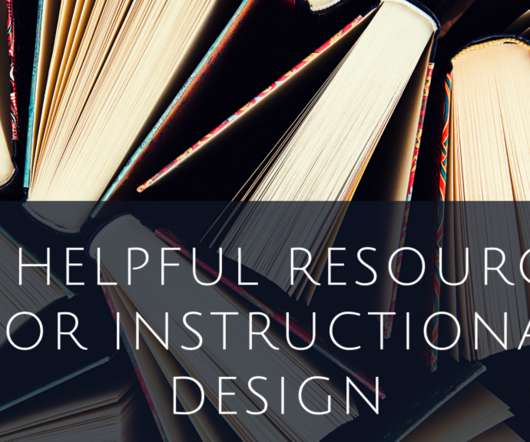Digital tribes and the network nation
Learning with e's
OCTOBER 11, 2019
Photo from Wikimedia Commons I will argue here that within the present information age, where digital communication technologies have fractured the tyranny of distance beyond repair, and where computers have become pervasive and ubiquitous, identification through digital mediation has become the new cultural capital (Bordieu and Passeron, 1990).




















Let's personalize your content